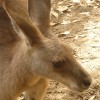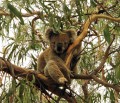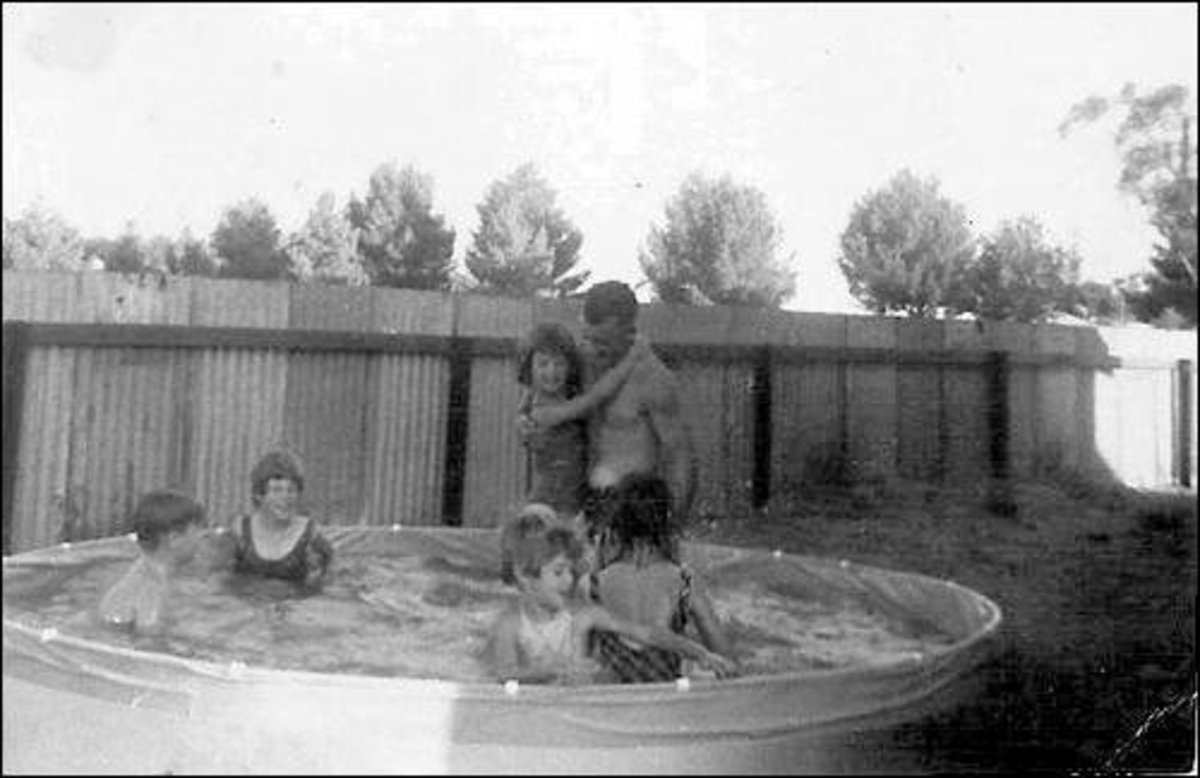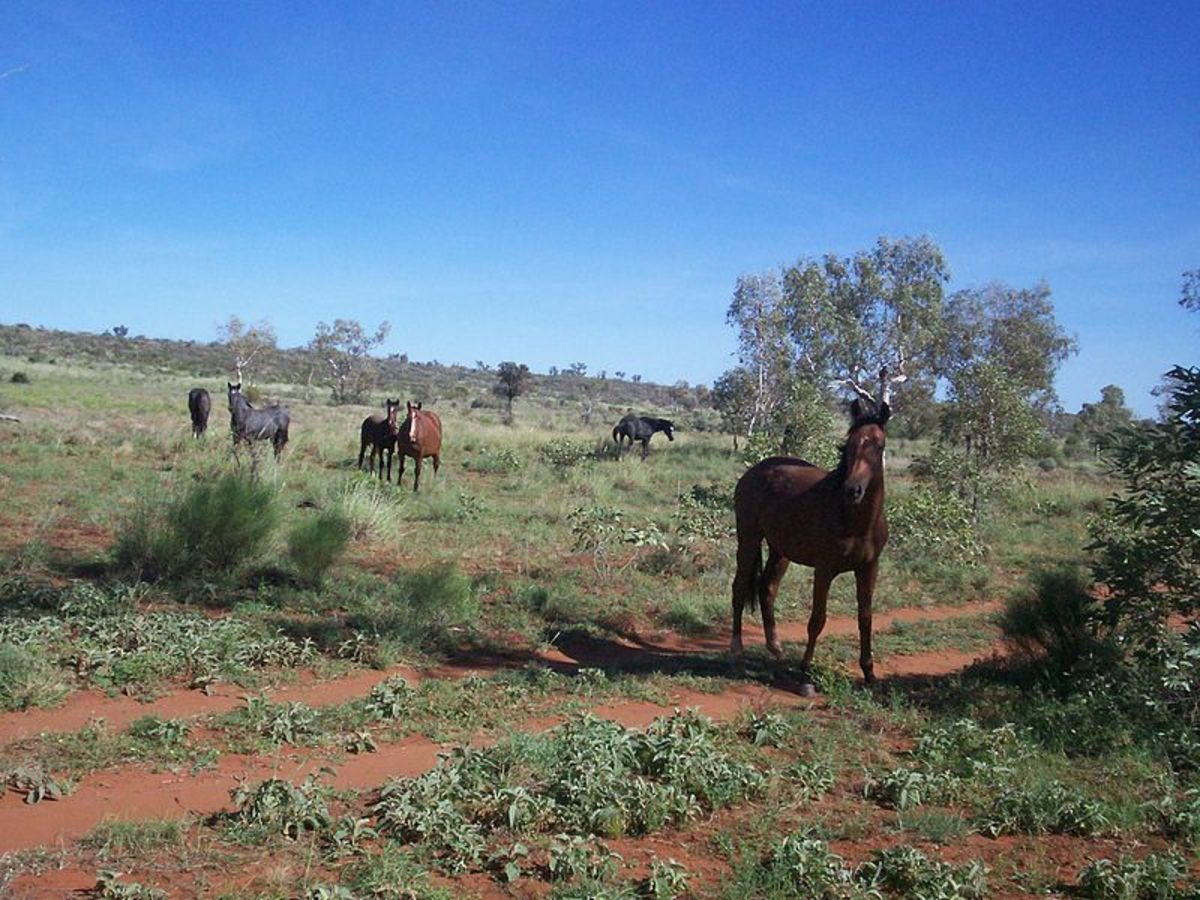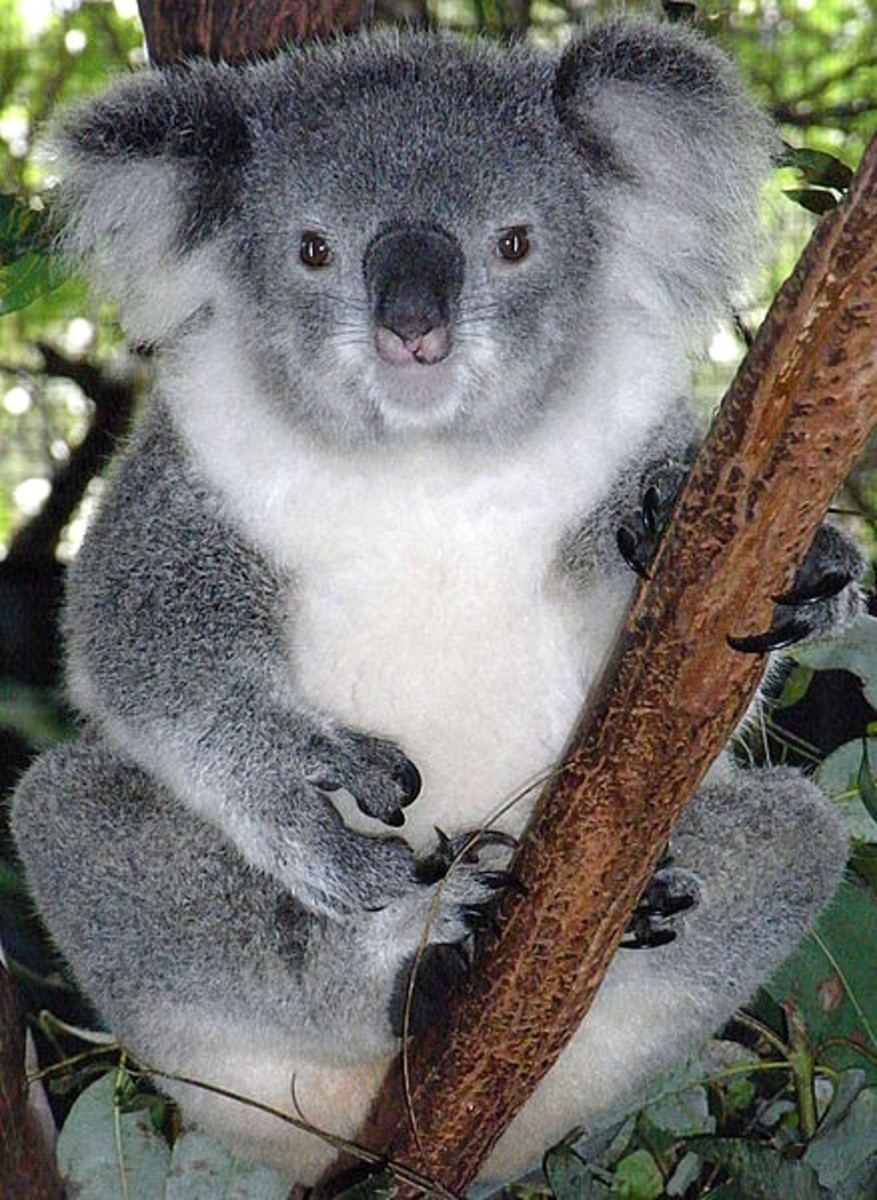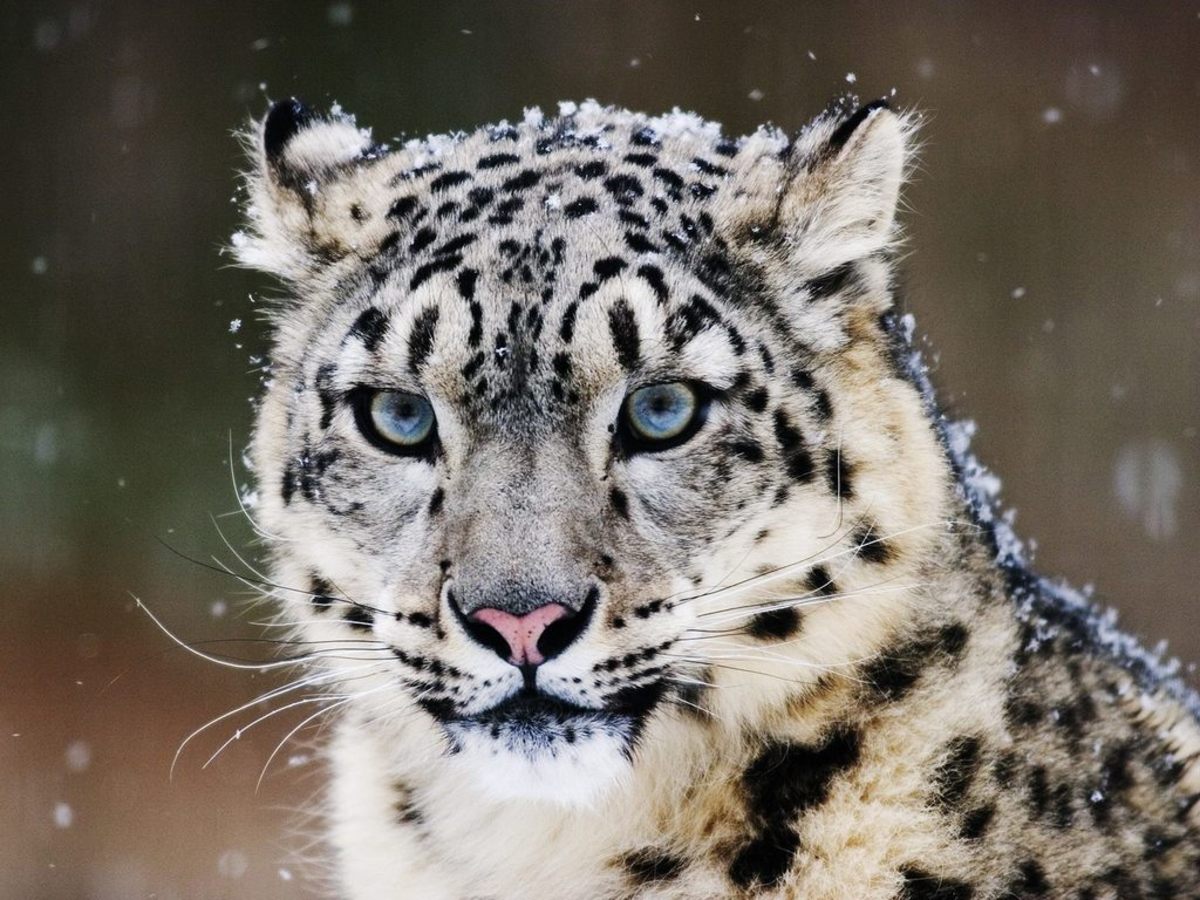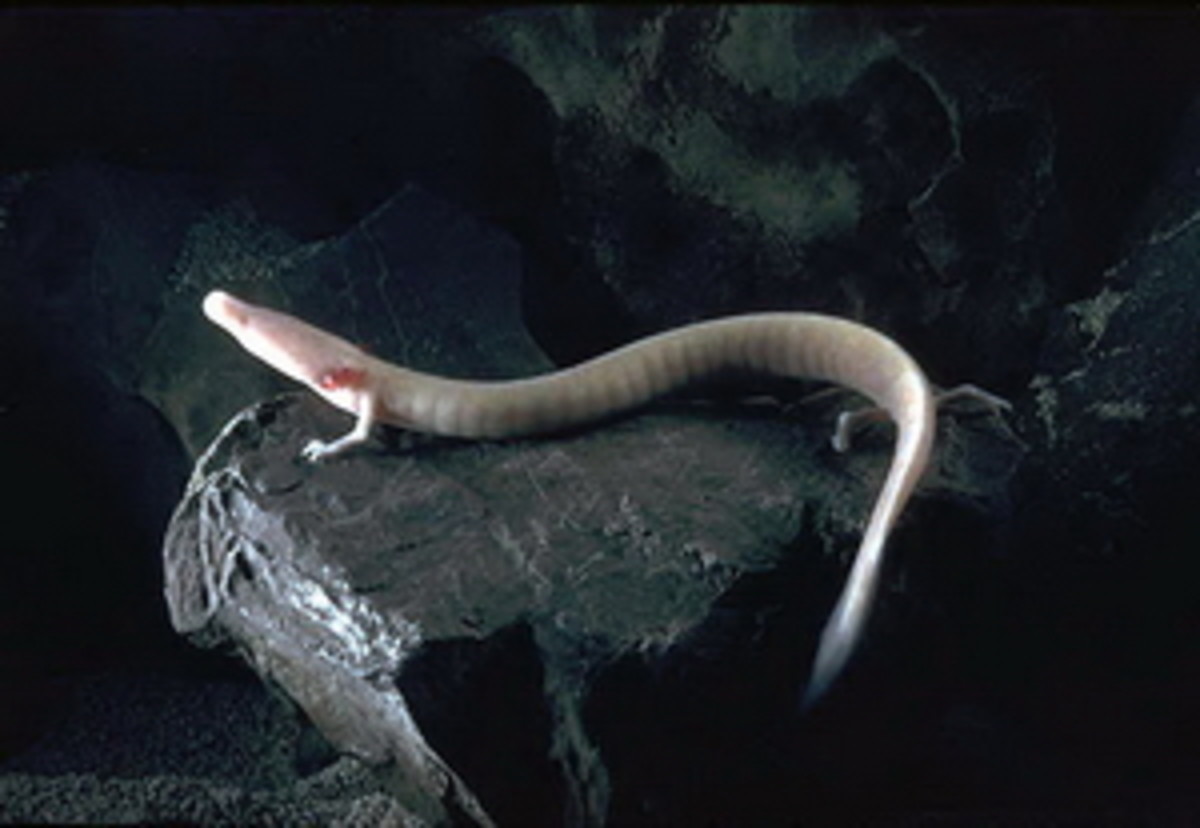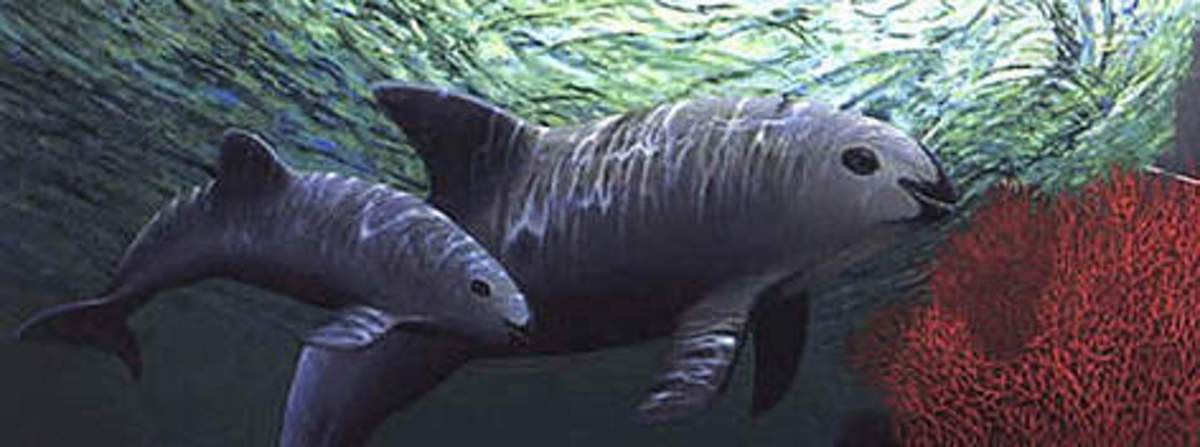- HubPages»
- Education and Science»
- Life Sciences»
- Endangered Species
Why Has Australia Now Listed The Koala As A Threatened Species?
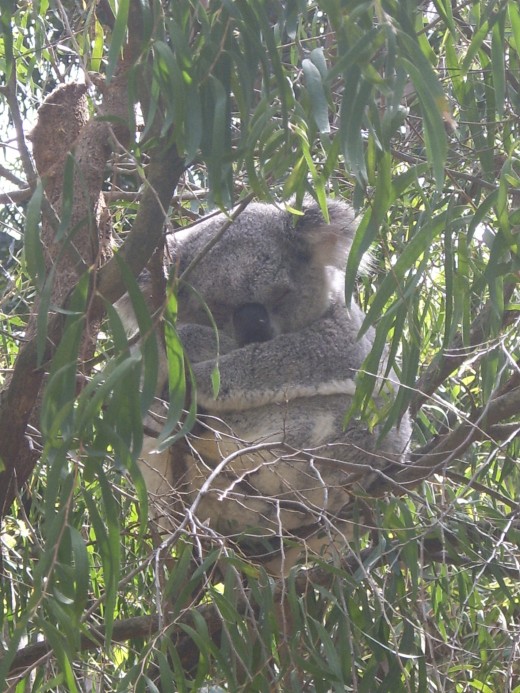
Are you a koala lover? Tragically many of our world’s animal species are in danger of becoming extinct and now one of Australia’s most iconic animals the koala is going to be listed as a threatened species. It is almost impossible to imagine an Australia without koalas, and the image of this cute, furry creature can be found on everything from purses to key rings and head scarves.
However, it seems that we may have to think the unthinkable, the koala is heavily endangered and population numbers have been falling for decades. It is expected that the Australian Environment Minister, Tony Burke, will list the koala population in Queensland as vulnerable, in New South Wales as vulnerable and in the Australian Capital Territory as vulnerable. In Victoria koala numbers are reported as large and thriving and in South Australia they are listed as rare except for the population on Kangaroo Island which is thriving.
So before we look at the cause of the sharp decline in numbers, let’s have a look at what a koala is and what it’s not. What it most emphatically is not is a bear, even though they may have some resemblance to soft, cuddly teddy bears. The koala, like most Australian species, is a marsupial, which means that its young are born in a very immature state and spend months growing in their mother’s pouch.
It is a relative of the wombat, and has long claws designed for tree climbing and two opposable thumbs so that they can get a good grip. They are not the most active of animals as they spend around 18-20 hours a day sleeping and generally move around mainly at night. They sleep so much because their diet consists of eucalyptus leaves, which are very low in nutritional value, and so they need to steward what little energy they get from their food very carefully.
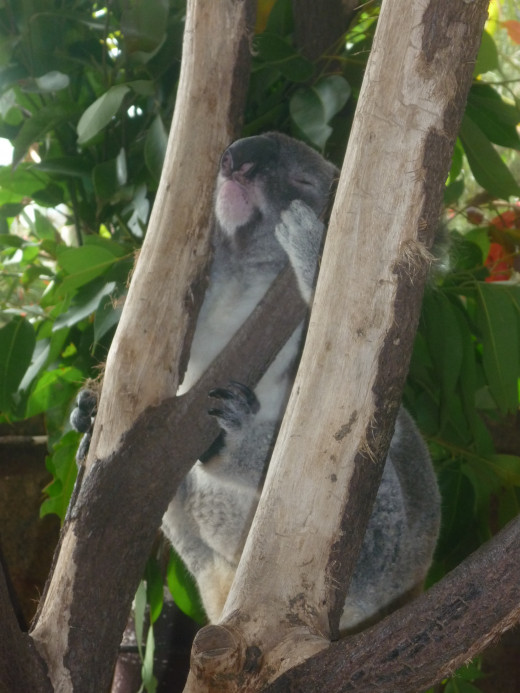
Koala’s natural habitat is eucalypt forests in the coastal areas of south and east Australia. They are territorial, solitary creatures who keep to a range of home trees and the only time that they really mix with other koalas is during the breeding season. When a ‘joey’ is born it is only around 2cms long and makes a long, perilous climb up its mother’s body and into her pouch. It then latches onto one of two teats and stays in the pouch and suckles for around 6-7 months.
When the joey is almost ready to emerge, it will start to eat something called ‘pap’ which is a special form of the mother’s droppings. This ‘pap’ contains micro-organisms from the intestines of the mother that the joey will need when it starts to eat eucalyptus leaves, as they are toxic. When the joey grows up it will be very picky as to what type of eucalyptus that it will browse on, and out of more than six hundred species of eucalypt a koala will only eat a few of them.
They munch on between ½ and 1 kilogram of these toxic, stringy leaves during a night’s feeding and any finite area of eucalyptus forest can only support a certain number of these marsupials. It has been thought that they do not need to drink as they can get enough moisture from their food, but koalas have been seen drinking water during droughts and the recent bush fires in Victoria and they may also drink dew from vegetation.
So how badly has the koala population been declining? It is thought that before the European settlers arrived in the 18th century that there were millions of the animals in Australia. However, the new settlers cleared huge tracts of land for housing and agriculture, introduced domestic dogs, and hunted koalas for their fur. This hunting decimated the population in the early 20th century, and thousands of furs were exported to Europe and the US. By 1924 koalas in South Australia been nearly wiped out, and the state had to be repopulated with animals from Victoria. The crisis in population numbers throughout Australia became so severe that the government had to declare them a Protected Species in the late 1930s.
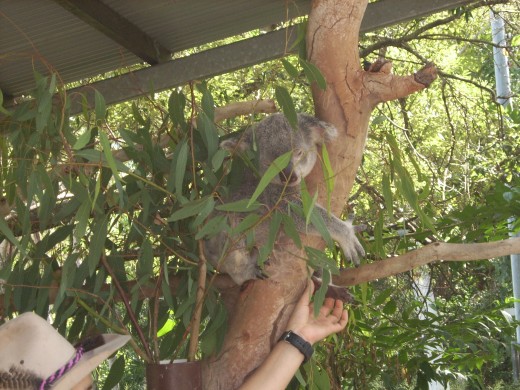
Estimates of how many koalas are left in Australia vary, but it has been reported that there are between 200,000 and 43,515 individuals remaining. A survey that was undertaken in 2003 noted that there were in the region of 100,000 of these marsupials in Australia, but by the time the survey was conducted again in 2009 they only counted around 43,000. Some research conducted in Gunnedah, koala territory north of Sydney, grimly showed that numbers had fallen by around 75% since 1993.
It is thought that in this area one of the factors that has contributed to koala mortality has been the unusually hot and dry weather of the last decade, and many of the animals examined proved to be suffering from dehydration. Right across their range it is thought that hotter, more arid conditions have affected the nutritional value of the eucalyptus, which is their staple food, making it harder for them to receive the correct amount of nutrients that they need to thrive. In Queensland it is estimated that the koala population has declined by around 40% and in New South Wales by around 1/3.
So what other factors have led to them becoming a threatened species? Well, The Australian Koala Foundation had stated that they estimate that around 4,000 of these iconic marsupials are killed on the roads by cars or during attacks by domestic dogs every year. The advent of cars has been bad news for wildlife all across the globe, but when I have been travelling around Australia the sight of kangaroo, koala and other animal corpses by the side of the road is very common and very distressing.
Especially at night, when they tend to be active, it is only too easy to hit a stray animal on the road, especially as many people drive far too fast. Dogs are also one of the their biggest enemies. Many are attacked and even killed when they take up residence in a tree in a back yard or when a dog is let off the leash out in the bush. If you see that you have a koala living in a tree on your property, keep your dog inside or tied up and do not encourage your pet to chase them.
Koalas have also been affected in large numbers by an outbreak of the disease chlamydia. Many of these animals carry this disease, and experts think that this is because it is a natural way of managing population growth in the species that ensures only very strong and healthy koalas survive to breed, which in turn helps to preserve the food supply.
However, when they become stressed, which they do very easily if threatened by a dog, do not have enough food, have a road accident or are driven out of their home range, then even healthy adults can become sick of the disease and die. However the biggest threat to koalas has to be the loss of their habitat, and the rate that their eucalypt forests are being cleared. It has been calculated that around 80% of their natural range has already been destroyed and, surprisingly, apparently Australia has one of the highest rates of land clearance in the whole world.
So have any other measures been taken to help save the koalas? Back in the 1920s, when it was realised that the fur trade was decimating so many of them, moves were made to establish new colonies of the animals on offshore islands, where they would hopefully be preserved from the depredations on the mainland.
One of these new colonies was established on Magnetic Island, off the coast from Townsville in Queensland, when eighteen koalas were introduced from Bowen on the mainland in 1932. This population has grown over the years, and now appears to be stable comprising of a few hundred animals. They were also introduced to Kangaroo Island, off the coast of Adelaide in South Australia, in 1920. Again 18 koalas were taken from Victoria, and now the population has grown so large that measures have been taken in the past to try to curb it, such as catching and sterilising some of the animals.
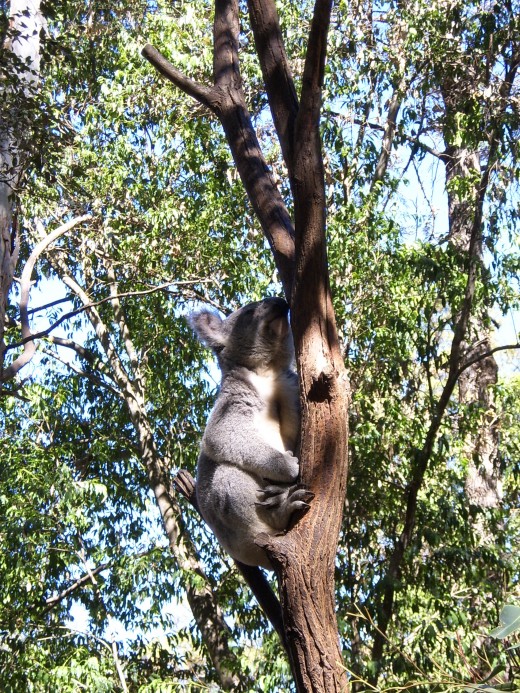
Unfortunately, for the koalas of Australia there are powerful forces ranged against them that do not necessarily prioritise koala conservation. Although they are a protected animal, much of their remaining habitat lies on privately held land, and there is little legislation in place that can protect it. The mining, logging and housing development industries are very powerful ones in Australia, and they will argue vociferously against the koalas being listed as threatened.
These industries will ferociously lobby senators, because they fear that it will interfere with their commercial activities, making it more expensive or even impossible to operate in certain areas, and potentially cutting their profit margins. The environmental groups are unhappy because they do not think that the listings should be confined to only certain regions, and that they should have a much wider sweep and remit. But the money men should take time to reflect that koalas bring about $1 billion into the Australian economy every year from tourists who want to wonder at these beautiful animals in the wild and watch them in zoos and animal sanctuaries across the country.
But the truth is that the loss of any animal species is a tragedy for our world, and even if there are breeding populations in captivity, it is a long, difficult and expensive task to reintroduce them into the wild. And if the koala’s entire habitat has been destroyed, then there would be nowhere to reintroduce them anyway? So the time has more than come when we have to start preserving the delicate ecosystems of our planet, and recognising that once lost that they can never be regained.
We also need to remember that, like all animals, the koala does not exist in isolation. If they vanish from an area then their loss will impact the whole of that habitat, as species have evolved to interact and impact on each other in a myriad of subtle ways and the whole of that ecosystem will suffer. So while it is a good thing that Australia is moving to offer koalas a higher degree of protection by listing them as a threatened species, it is extremely sad that they are now so vulnerable that it is a necessary step.
